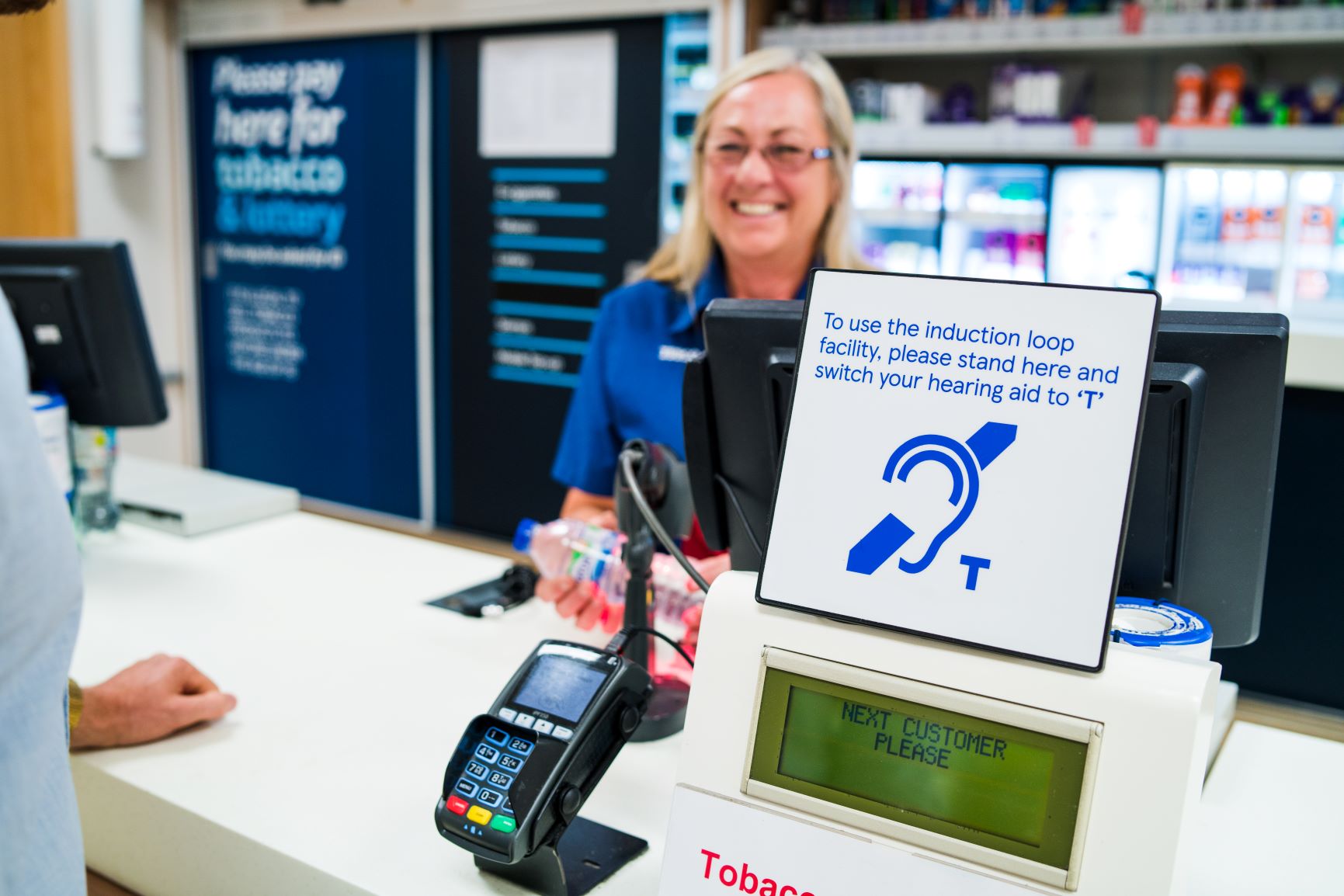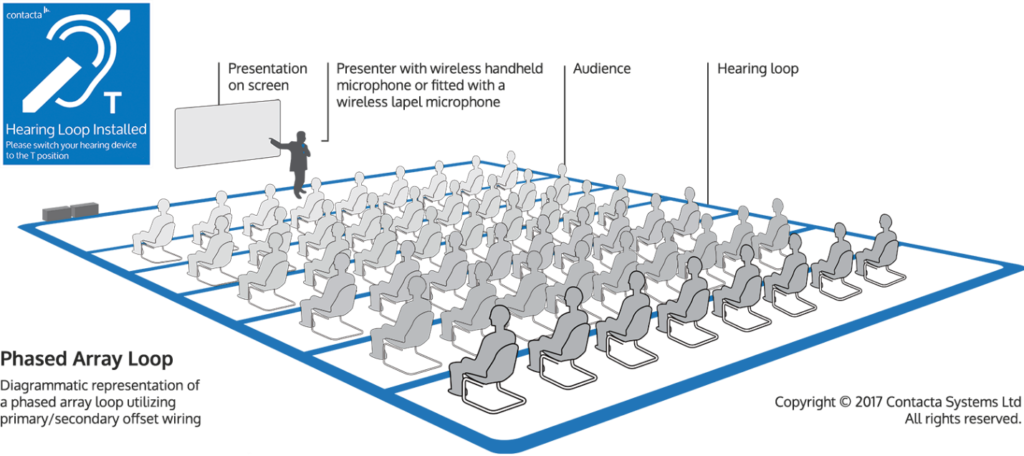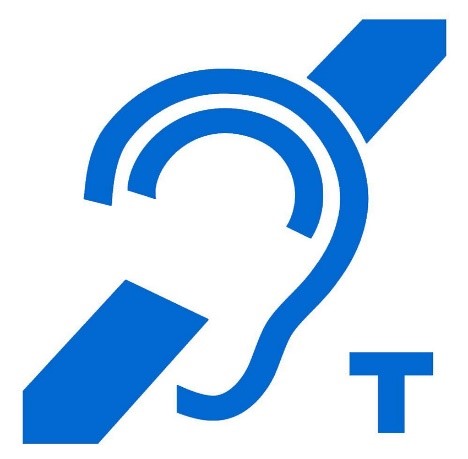Hearing Aids Can Open Your World
How A Hearing Loop Can Open Your Eyes (And Ears) To The World Around You
Imagine going to the theater but being unable to hear the dialogue clearly and missing the punchlines over and over, despite constantly adjusting the volume on your hearing aid.

Imagine standing on a subway platform and not being able to hear the announcements over the group of rowdy teens a few feet away.
Imagine trying to fill a prescription and struggling to communicate with the pharmacist about the dosage and timing.
This is the daily experience for millions of Americans who have hearing loss.

While many people with hearing loss have hearing aids, the technology still struggles to find the signal of interest in a loud room, often drowning the wearer in ambient noise and causing incredible frustration.
Assistive listening systems enable people with hearing aids to clearly hear the featured performance and more easily participate in regular day-to-day activities, such as making a deposit at the bank or purchasing a ticket at a bus station.
A hearing loop is an assistive listening solution that is unique in its ability to send the enhanced audio signal directly to a person’s hearing aid or cochlear implant. The key difference is that these systems utilize the telecoil (or T-coil) technology that already exists inside a hearing aid or cochlear implant.
Here’s How A Hearing Loop Works
A copper wire is installed throughout an assembly area, in either the floor or the ceiling. A hearing loop driver, the system’s amplifier, connects to the microphone or sound system at the site and the cooper wire. A current is driven through the copper wire, creating an electromagnetic field within the audience.
When the speaker talks into the microphone, the audio signal is transmitted over the electromagnetic field and received by the telecoil in the hearing aid or cochlear implant of the person with hearing loss. The person receives the signal he or she is interested in, without all of the background noise competing with it.

What does that mean for the end-user?
The ability to fully comprehend the message, not just listen to noise. A hearing loop creates a more inclusive environment for everyone to enjoy.
A Closer Look At Telecoils
Today, it is estimated that virtually all behind-the-ear hearing aids and cochlear implants, along with most in-the-ear devices, are equipped with this telecoil technology. This means that most people with hearing loss who use a hearing device are equipped to receive the clearer signal transmitted by the hearing loop system.
In order for a hearing aid or cochlear implant with a telecoil to detect the signal sent over the electromagnetic field, the telecoil must be activated. The telecoil is activated by turning the t-switch in the hearing aid on, which is often done with the simple push of a button.
But don’t worry – those with hearing loss who do not have a hearing aid with a telecoil can also benefit from the clarity offered by the hearing loop. A venue with a hearing loop will often offer portable hearing loop receivers that come with earbuds or headphones.

This is the international symbol that communicates a space is equipped with a hearing loop and that a person can activate the T-mode in his or her hearing device for a clearer listening experience.
How You Can Help
So, here’s the million-dollar question:
Why aren’t hearing loops everywhere?
Afterall, there’s always wheelchair ramps available for those who need it. Why shouldn’t those with a hearing loss have the same accommodations for their disability?
This is a frustration for many hearing device users across the nation.
A way to fight back is to utilize your resources:
- The ADA has established minimum requirements for assistive listening systems in facilities. Additionally, states such as California have passed legislation for supplementary requirements regarding these systems.
- If you are at an establishment that does not provide assistive listening devices for those with a hearing loss, ask to speak with a high-level employee such as a manager. Share your feedback with them so they understand the importance of accommodating all visitors.
- HLAA (Hearing Loss Association of America) is an organization that provides information, education, support, and advocacy to those with a hearing loss. You can join or start a chapter to drive change in your community.
- Contacta specializes in assistive listening devices with a full range of products. If you are interested in a hearing loop installation, contact their office to be connected with a certified dealer.
At the end of the day, the most important thing you can do to help bring awareness to assistive listening systems is to speak up!
Let your voice be heard – your ears will thank you later.
SEPTEMBER 2019 | NEWS
© HEAROCLUB 2019. WEBSITE BY RAINDROP.
